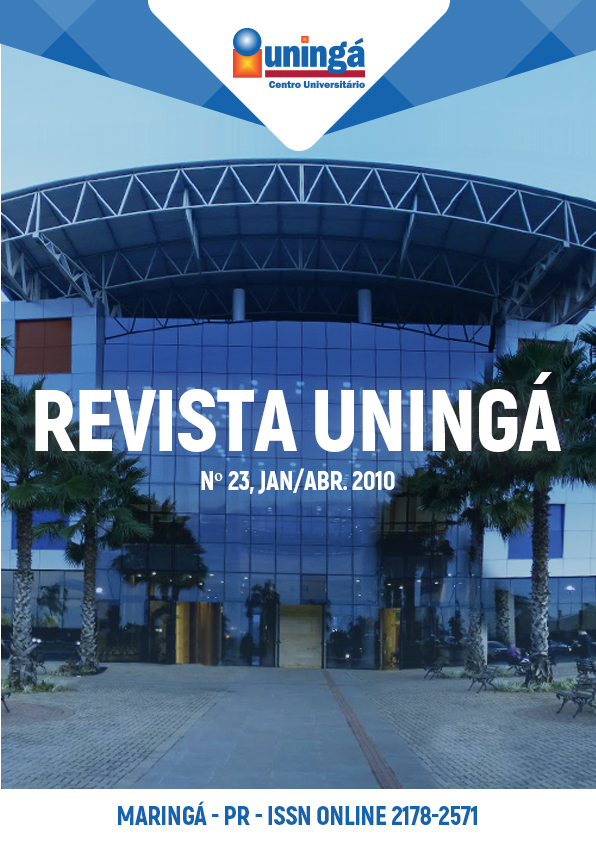Comparação entre duas intervenções fisioterapêuticas nos níveis álgicos e de incapacidade na lombalgia crônica
DOI:
https://doi.org/10.46311/2318-0579.23.eUJ867Abstract
Objetivo: Comparar os efeitos obtidos com a fisioterapia clássica com aqueles obtidos
por uma intervenção combinada (isostreching e treinamento sensoriomotor aquático)
sobre o índice de incapacidade funcional (IIF) e o nível de dor em portadores de
lombalgia crônica. Métodos: Ensaio clínico controlado em que voluntários foram
divididos aleatoriamente em grupo controle (GC/n=5), submetido a fisioterapia clássica;
grupo experimental (GE/n=5), submetido a intervenção combinada (isostreching e
treinamento sensoriomotor aquático), ambas aplicadas durante 20 sessões, três vezes
semanais. O nível álgico foi avaliado pela Escala Visual Analógica (EVA) antes e após
cada sessão e o IIF pelo Questionário Modificado de Oswetry antes e após o período de
intervenção. Nas comparações inter-grupos, utilizou-se o Mann-Whitney e nas intragrupos
o Wilcoxon (α=0,05). Resultados: Comparações intra-grupos: GC e GE
diminuíram os níveis álgicos pós sessão (GC-pré 2,9/GC-pós 2,2/p=0.0001) (GE-pré
4,5±2,9/GE-pós 4,0/p=0,0018); o GC não teve mudança e o GE reduziu
significativamente o IIF (GE-pré 15,8/GEpós 11,6/p=0,0123). Comparações intergrupo:
observaram-se diferenças significativas para o nível álgico (GCxGE-pré
p=0,0018 / GCxGE-pós p<0.0001). Em relação à variável IIF, não houve diferença
significativa. Conclusão: a intervenção combinada teve efeitos positivos sobre a dor e o
IIF enquanto que a clássica, apenas sobre a dor.
Downloads
Downloads
Published
How to Cite
Issue
Section
License
I declare/we declare that the text submitted here is original, of my own authorship and does not infringe any type of third party rights. The content is my/our sole responsibility. Possible research involving animals and/or human beings is in accordance with Resolution 196/96 of the National Health Council and its complements. I declare that I am/we are in possession of the written consent of patients and that the research and its procedures were timely and adequately approved by the Ethics Committee of the institution of origin. We further declare that all institutional affiliations and all sources of financial support for the work are duly informed. I certify that there is no commercial or associative interest that represents a conflict of interest related to the submitted work. If there is commercial interest, in addition to the technical and academic ones, in the publication of the article, the information will be reported during the text.



































